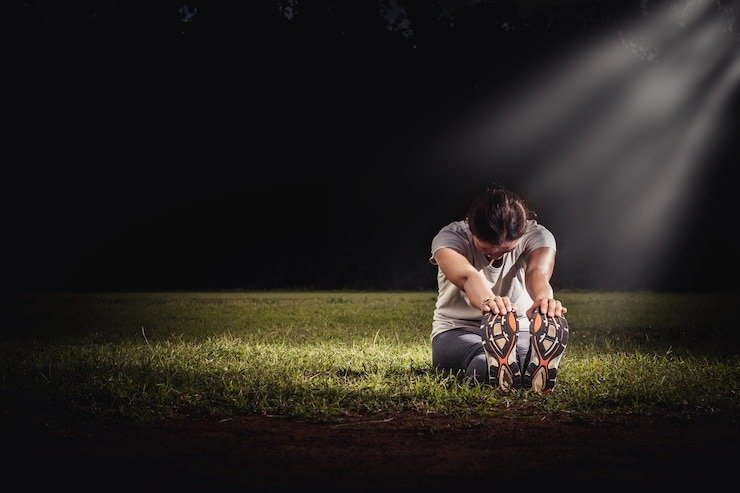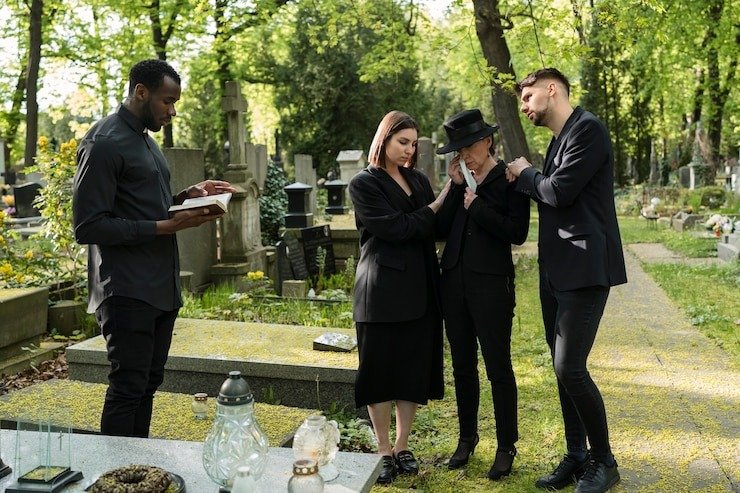Introduction
On August 13, 2024, the New Brockton High School community in Alabama was shaken by the sudden death of 14-year-old football player Semaj Wilkins. This tragedy sparked widespread conversation about the importance of safety protocols in high school sports, especially in contact sports like football. Semaj’s passing raised critical questions about the need for better medical screening and emergency response systems at practices and games.
The Events of August 13, 2024
On that fateful day, Semaj Wilkins, a freshman football player, was practicing with his teammates at New Brockton High School. During a routine drill, he suddenly collapsed. Despite immediate attempts to revive him, Semaj passed away shortly thereafter at a local hospital. The autopsy later revealed that the cause of death was congestive heart failure, linked to cardiomegaly (an enlarged heart) and biventricular hypertrophy (thickened heart walls).
What Happened After Semaj’s Passing
The passing of Semaj Wilkins prompted an outpouring of grief from family, friends, and the New Brockton community. His mother, Regina Johnson-Adams, remembered him as a vibrant young man who loved playing football, basketball, and baseball. She noted that Semaj had no prior medical issues or symptoms that would have indicated heart problems, making his sudden death even more tragic.
Quick Fact:
- Semaj Wilkins was known for his enthusiasm for sports and his caring nature. His passing highlighted the need for better medical screenings for young athletes.
The Impact on High School Sports
Semaj’s untimely death has led to a heightened focus on safety within high school football. The incident raised questions about the adequacy of current medical protocols at high school practices and games. Many experts argue that schools must implement more rigorous medical screenings for athletes, particularly focusing on heart health. The use of electrocardiograms (ECGs) and other screenings could potentially prevent similar tragedies in the future.
Addressing the Need for Preventive Measures
In response to Semaj’s death, several groups have advocated for mandatory heart screenings for young athletes. By detecting underlying heart conditions early, such as cardiomegaly or other cardiovascular anomalies, schools could prevent sudden cardiac events during physical activity. Along with heart screenings, it’s crucial for schools to ensure that emergency response teams are properly trained and equipped to handle health emergencies during practice or games.
Quick Fact:
- Cardiomegaly and biventricular hypertrophy can often go undetected, making it difficult to diagnose without specialized screenings.
The Role of Coaches and Medical Personnel
Coaches and medical staff are integral to ensuring the safety of student-athletes. In many cases, they are the first responders in the event of an emergency. Proper training in recognizing signs of distress, administering CPR, and understanding the limits of physical exertion are essential. Coaches must be trained to know when to stop a practice or game if an athlete shows signs of distress. Additionally, having trained medical personnel on-site during practices and games can make a significant difference in response time.
Encouraging Open Communication About Health
Semaj’s passing also underscores the importance of open communication between athletes, their families, and school staff about health concerns. Parents should be proactive in discussing their child’s health history with coaches and athletic trainers, particularly if there are any pre-existing conditions or concerns. Likewise, students should feel comfortable reporting any symptoms, such as dizziness or chest pain, that could be signs of an underlying condition.
Quick Fact:
- Open communication between parents, coaches, and medical staff can help ensure the health and safety of young athletes.
Changing the Culture Around High School Sports Safety
The tragedy of Semaj Wilkins has sparked a broader conversation about improving safety measures in high school sports. To prevent future tragedies, it is essential to foster a culture where the health and well-being of athletes come before competition. Schools must prioritize safety over performance and make the necessary changes to safeguard young athletes’ health.
Long-Term Effects and Community Healing
While the physical loss of Semaj is irreplaceable, his memory and the lessons learned from his passing have already started to change how his community views sports safety. Schools across the country are reassessing their medical protocols and considering the implementation of more thorough screenings for students involved in physical activities.
In the aftermath of his death, the community of New Brockton has come together to support Semaj’s family and to advocate for changes that could prevent future tragedies. A vigil was held at New Brockton High School, bringing together friends, family, and classmates to celebrate his life and legacy.
Conclusion
The death of Semaj Wilkins serves as a stark reminder of the risks young athletes face when proper precautions are not taken. It is critical for schools and sports organizations to adopt comprehensive safety protocols to protect student-athletes from preventable injuries and fatalities. By learning from this tragedy and pushing for necessary reforms, we can ensure that Semaj’s legacy is one of positive change that makes high school sports safer for all.




